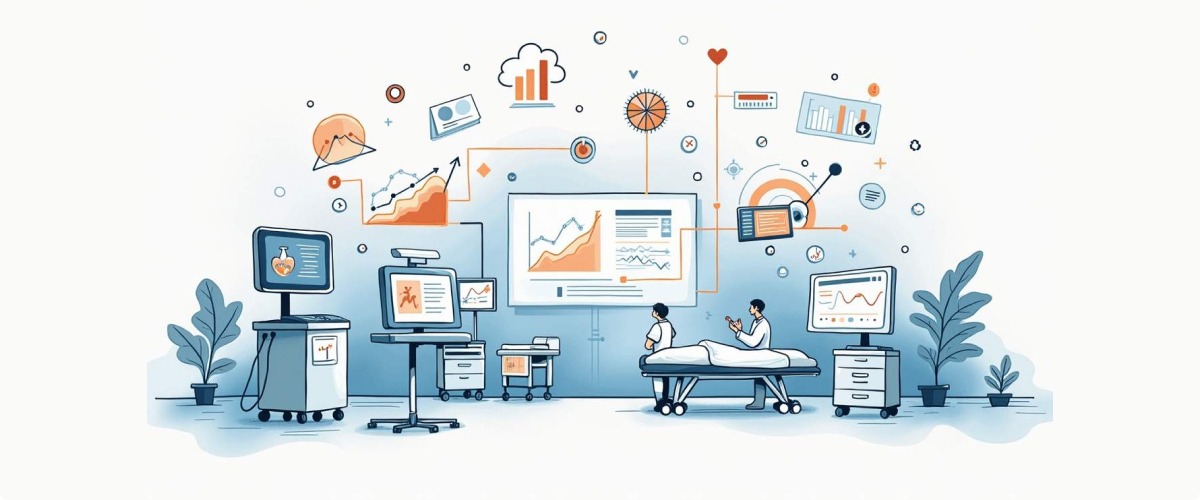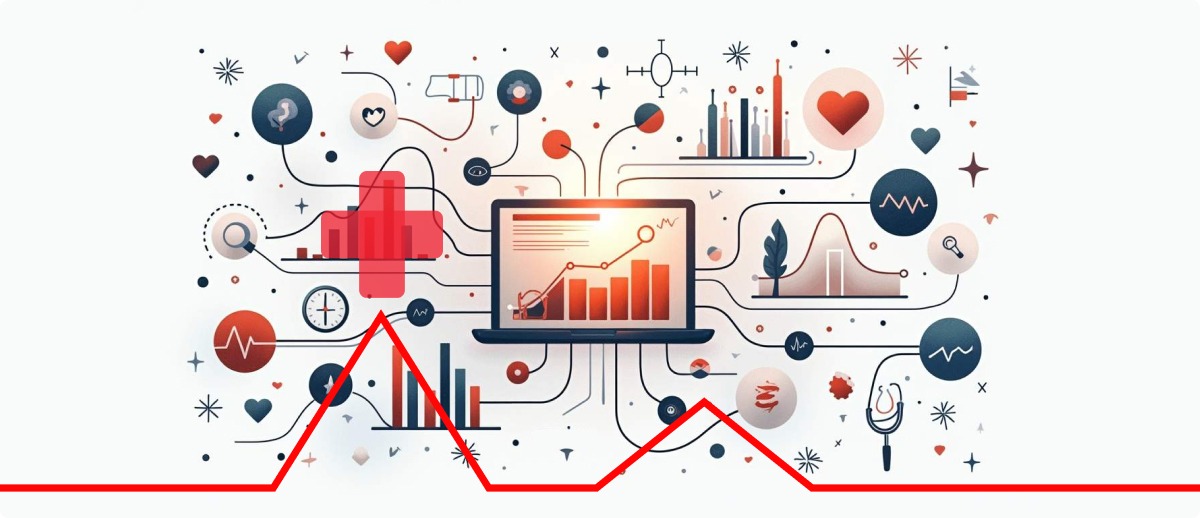The Cost of Manual Inventory: An Urgent Problem in Healthcare Supply Chains
Hospitals are under pressure. Between labor shortages, supply inflation, and value-based care mandates, the margin for inefficiency is shrinking. Yet many healthcare institutions still depend on outdated inventory practices—manual counts, barcode scans, spreadsheets, and siloed systems—to manage millions of dollars in critical medical supplies.
The result? Wasted resources, missing inventory, and rushed reorders that delay procedures. According to industry data, hospitals lose billions each year to expired or unused supplies. And as Becker’s reports, health system executives are urgently prioritizing supply chain optimization as a key strategy to reduce costs and improve resilience.
To move forward, healthcare leaders are turning to automation—specifically, Vision AI, a hands-free technology that gives real-time visibility into inventory without the need for scanning or manual input.
What Is Vision AI—and Why It’s Different
Vision AI combines high-resolution cameras and artificial intelligence to “see” and track hospital inventory in real time. This isn’t another RFID tag system. Vision AI requires no scanning, no barcodes, and no spreadsheets.
It works continuously, automatically monitoring supply levels, detecting usage patterns, and triggering reorders based on real-time thresholds. Better yet, it integrates seamlessly with major ERP and EHR systems like Epic, Oracle, and Workday—meaning no rip-and-replace projects for IT.
This type of zero-touch inventory management has become especially attractive to supply chain leaders who are seeking not only cost savings but operational simplicity, clinical efficiency, and workforce satisfaction.
📌 Related: 5 Ways Autonomous AI is Revolutionizing Healthcare Supply Chains
Why Vision AI Is Gaining Ground in Healthcare Right Now
The shift toward Vision AI isn’t just about efficiency—it’s about survival in a financially constrained environment.
According to Gartner, 40% of healthcare supply chain leaders rank digital inventory management and analytics as top investment areas for the next 3–5 years. The same report highlights a clear trend: the most effective health systems are deploying Vision AI not as a standalone fix but as part of a broader supply chain transformation that includes predictive analytics, control tower architecture, and robotic process automation.
Stakeholder Focus: What Vision AI Solves for Every Leader
A strong AI strategy connects with the priorities of every hospital leader—not just supply chain.
For Supply Chain Managers
You need visibility and automation without increasing staff burden. Vision AI offers 24/7 tracking, accurate usage data, and real-time alerts without the need for counting, scanning, or data reconciliation. You’ll finally have the tools to prevent stockouts and reduce overstock—with up to 95% fewer stockouts and 20–30% lower on-hand inventory.
For CFOs and Finance Leaders
The ROI matters—and it’s significant. Hospitals using Vision AI are reporting 4:1 cost savings, thanks to reductions in labor, inventory waste, and rush order fees. In one health system, a $3.9M investment returned over $15M in labor and inventory savings over five years.
For Clinicians and Nursing Leadership
Frontline teams are exhausted from inventory-related tasks that distract from patient care. Vision AI automates replenishment, minimizes missing supplies, and slashes manual work—freeing up to 90% of the time spent managing inventory.
📌 See more: Efficient Operating Room Supply Management: Strategies, Technology and Best Practices
For CIOs and IT Executives
Vision AI platforms like Chooch are designed to integrate with your current infrastructure. These systems are HIPAA-compliant, support plug-and-play deployment, and require minimal IT overhead. No RFID dependencies, no proprietary hardware—just cloud-enabled, scalable automation.
📌 Explore: AI Healthcare Services for Inventory Management: Revolutionizing Efficiency and Accuracy
Real Results from Real Health Systems
Vision AI isn’t theoretical. Health systems across the U.S. are already realizing measurable improvements:
Rush University Medical Center deployed a Vision AI–enabled supply chain control tower. By integrating distributor and ERP data, the hospital achieved real-time stock visibility, automated PAR monitoring, and streamlined substitution management—cutting delays and staff effort (Gartner, 2024).
Banner Health implemented an end-to-end digital control tower with Vision AI at its core. The system enhanced demand forecasting, charge capture, and procedural supply optimization—helping it evolve into a high-reliability supply chain operation (Gartner, 2024).
Allina Health engaged surgeons with real-time supply usage data via a digital interface. This initiative reduced picked supply costs by $250,000 annually and drove 265 preference card optimizations in Epic (Gartner, 2024).
These are not pilots—they’re scaled, repeatable examples of what Vision AI can deliver when embedded into strategy.
📌 Learn more: RTLS and Computer Vision AI: Complementary Approaches to Hospital Supply Management
Strategic Advantages: Why Healthcare Supply Chain Leaders Are Moving Now
The numbers are hard to ignore:
- 95% reduction in stockouts
- 20–30% reduction in on-hand inventory
- 30–50% less product waste
- 20–24% fewer expedited freight and rush orders
- ROI within 12 months in most cases
These outcomes directly improve margins, staff satisfaction, and clinical performance—all while reducing operational risk.
📌 Related read: Predictive Analytics in Healthcare Inventory Management: A Strategic Approach for Proactive Supply Chains
The Bottom Line: Vision AI Is a Strategic Imperative
Vision AI is no longer emerging technology—it’s a practical, proven solution for hospitals that want to modernize their supply chains and support staff without heavy infrastructure overhauls.
By turning passive inventory rooms into active, intelligent systems, Vision AI enables hospitals to reduce waste, prevent delays, and boost financial performance—all while improving the daily experience of clinicians and patients.
Ready to See It in Action?
Let’s talk about what AI-driven, touchless inventory management could mean for your organization.
👉 Request a personalized consultation and walkthrough on your inventory management process and how Vision AI can help you.


























